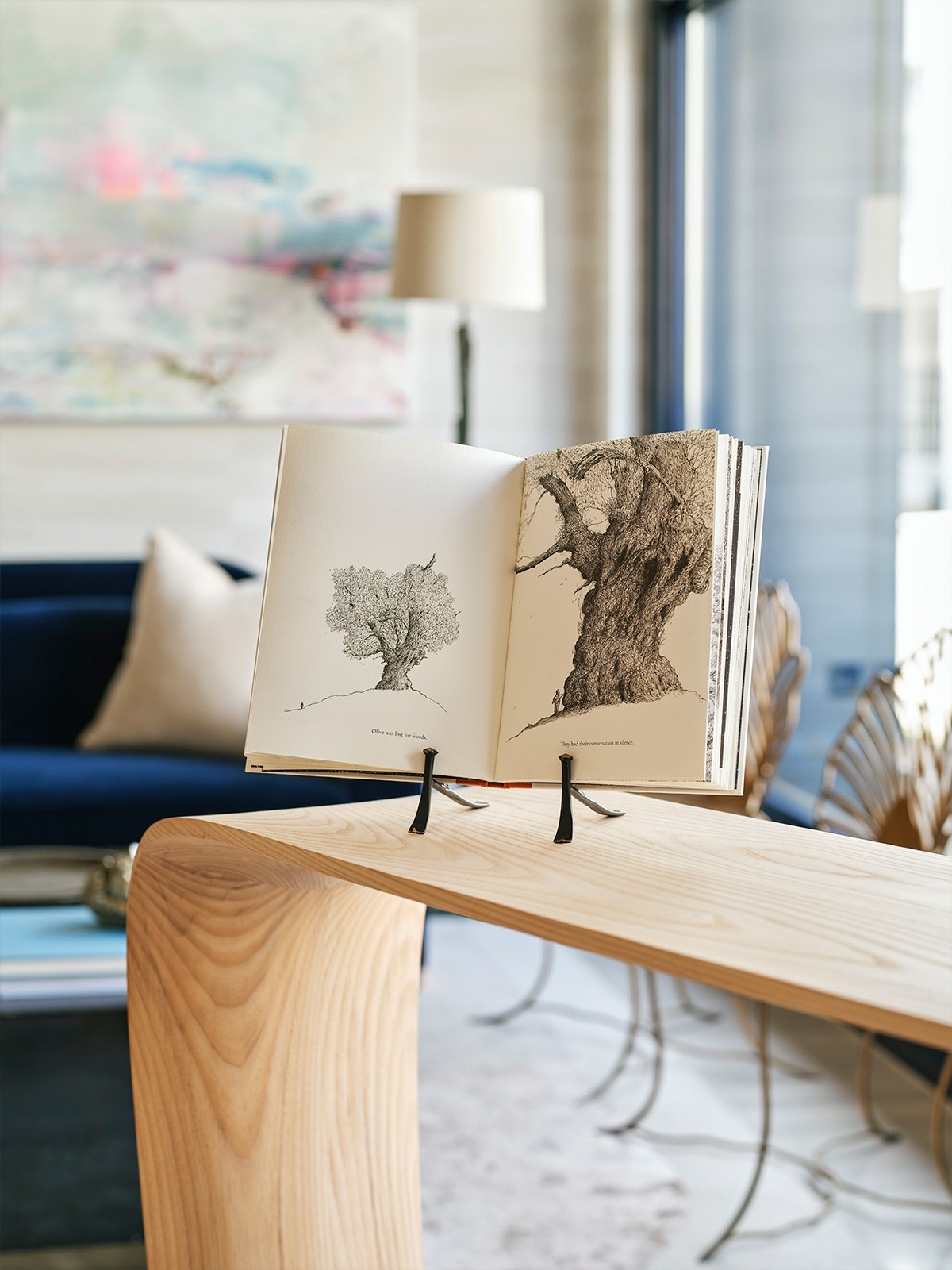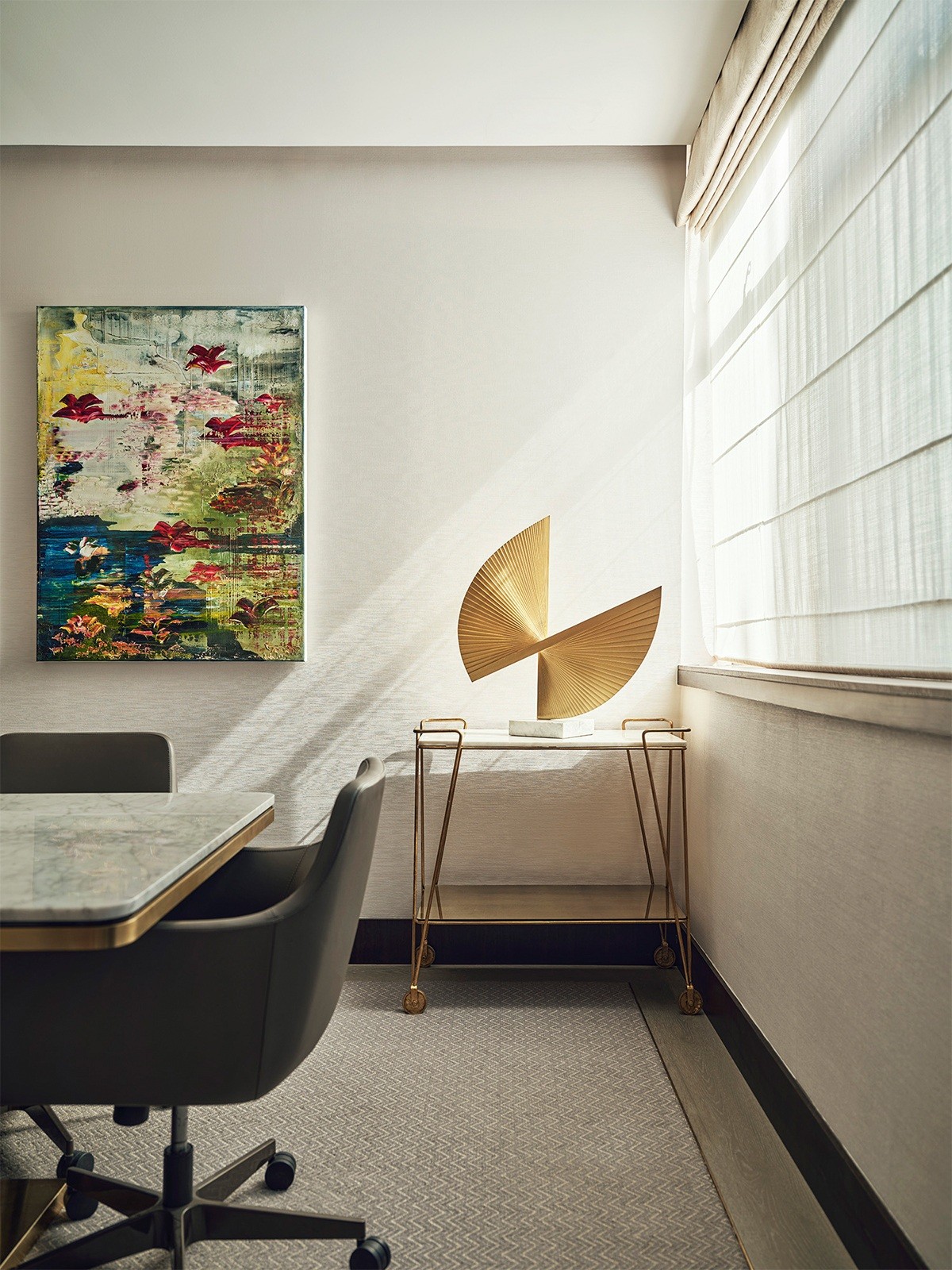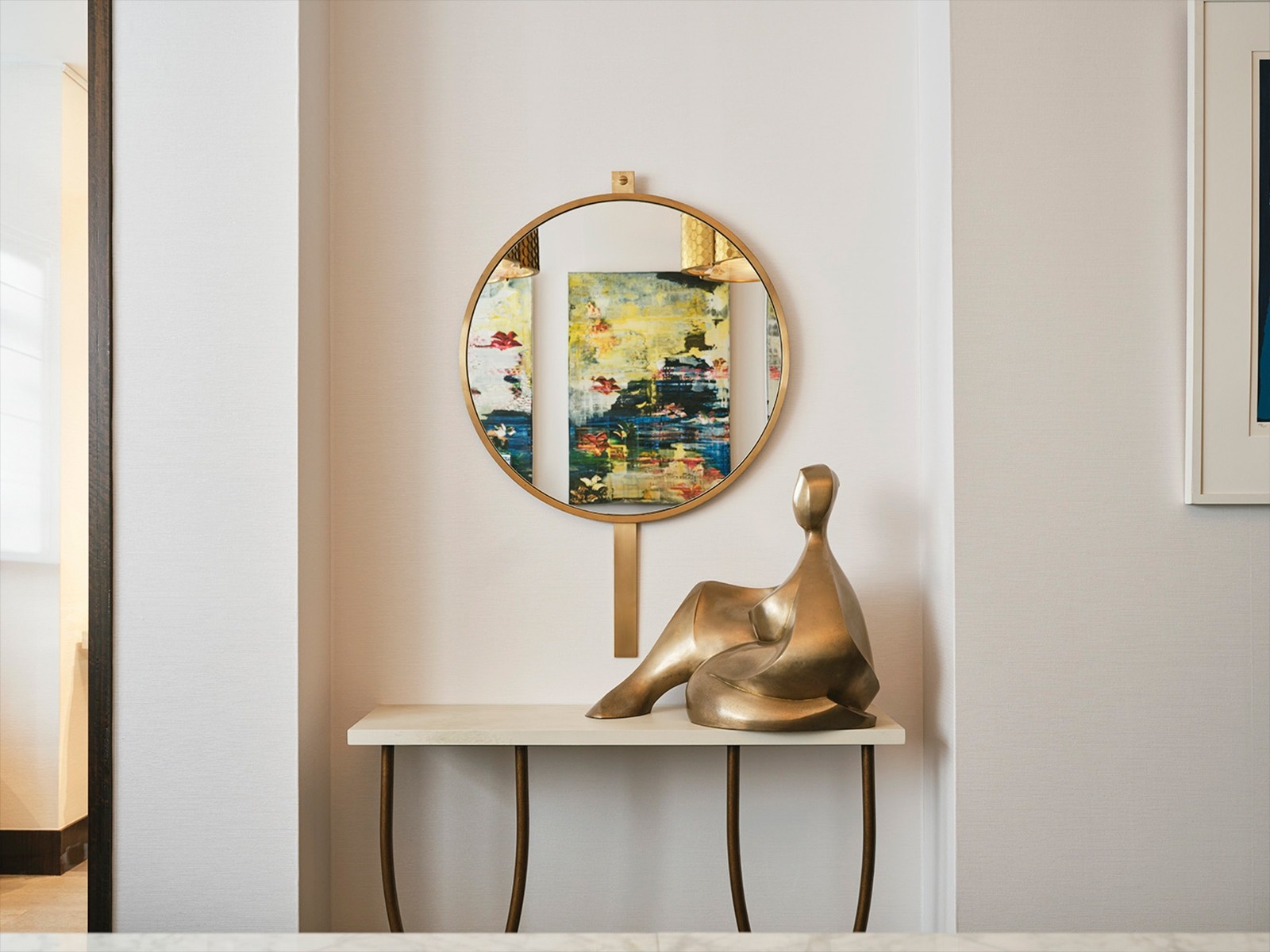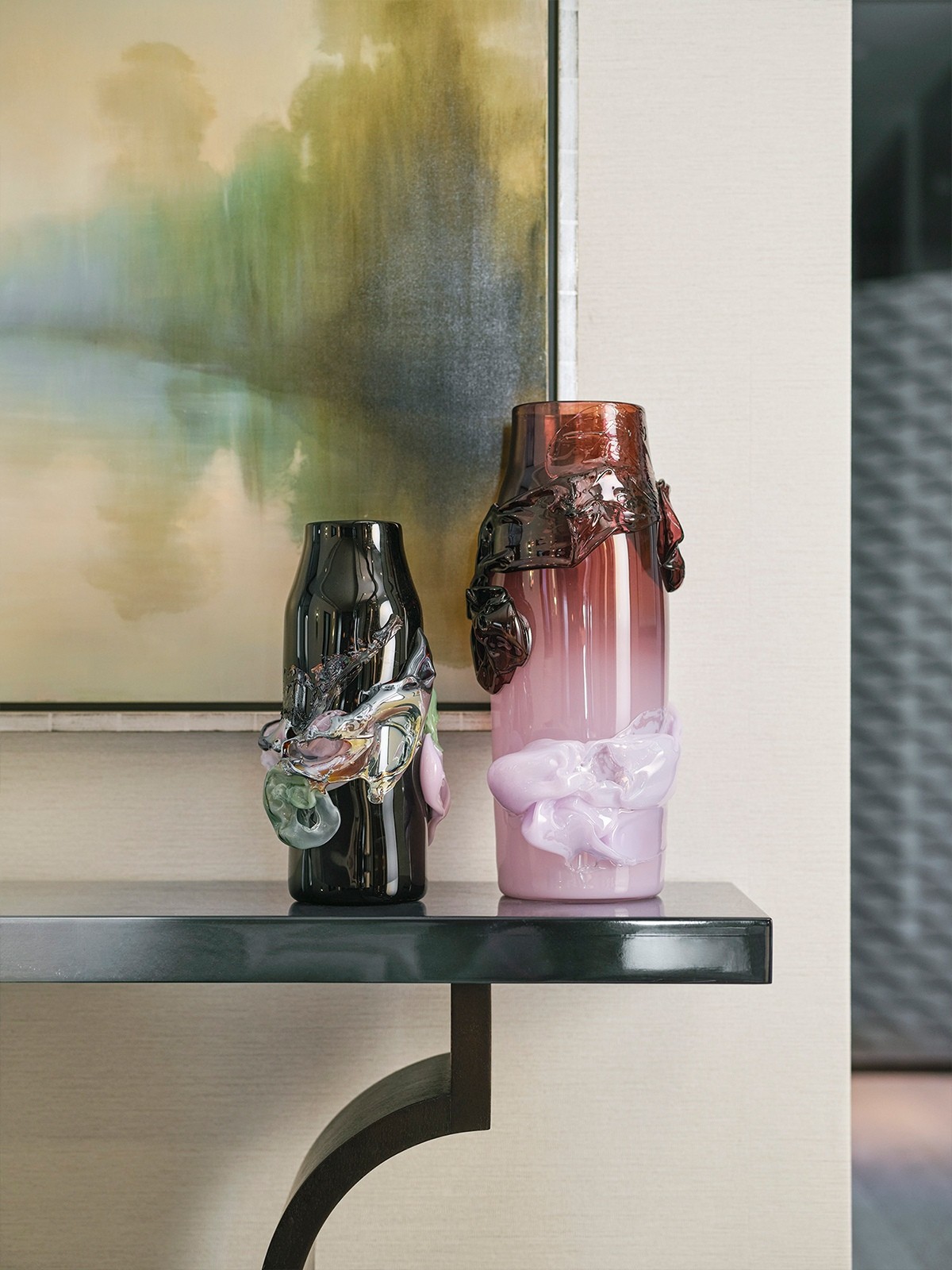How to Choose Artwork for Your Home
23/10/23Choosing, commissioning and curating artwork are vital stages in the journeys we undertake with our clients at Taylor Howes. We know how personal and powerful a piece of art can be, and we’ve developed longstanding relationships with trusted partners to select pieces that not only enhance our designs but that our clients will treasure forever.
But what are the key considerations when choosing an artwork or sculpture for your home? We spoke to some of our trusted partners Vessel Gallery, Helen Chislett and Tanya Baxter Contemporary about navigating this complex and often bewildering process.
- Do your research
With so much information about artists, innovations and processes now available online, buyers can equip themselves with plenty of knowledge before investing in a piece of art. Think about techniques and materials that pique your interest, and consider theming your collection around a particular genre, period or medium.
Angel Monzon, Director at Vessel Gallery, explains: “Buyers are much more informed about processes, with collectors in particular focusing on one key thing, that could be a technique – blown glass, cast glass, handmade ceramic for example – or works purchased with a material bias, just porcelain for example.”
- Explore emerging artists
If you’re new to art buying, consider investing in emerging artists. According to Tanya Baxter: “A way into the market for collectors is to invest in mid-career and emerging artists who are currently at a lower price point, but have the potential for huge returns on investment.”
Monzon namechecks Nina Casson McGarva as an emerging sculptor to watch: “In a short time her cast sculptures have tripled in size and she is challenging herself and her material.”
- Make it yours
Art has the power to evoke memories and transport you to meaningful places, and selecting a piece should always be a personal choice.
For a recent project in Kensington, we worked with Tanya Baxter to select pieces that would remind the client of her two years living in Paris, sourcing unique works by French street artist Mr Brainwash and sculptor Marie-Pierre Weinhold.
- Trust the experts
Whether you’re working with a gallery or commissioning an artist to create a bespoke piece, Helen Chislett advises placing your trust in the experts: “Don’t micro-manage too much – part of the joy of commissioning is taking that leap of faith in someone else’s experience, passion and talent and allowing them to fly.”
- Think long-term
While many of us buy art primarily to enhance our homes, there is also the investment potential to consider. Angel Monzon offers some sage advice for collectors looking to invest in art: “You have to have much patience, it can take years for some artists to gain the prices in the secondary market.”
- Engage with the artist
It’s not just the artwork but the artist that counts. When you buy through an advisory service, you can build a relationship with artists you love over a long period of time: “You have a personal impact on the growth of their careers,” Tanya Baxter explains. “This also provides the potential for commissioning artworks specifically for your collection.”
At Vessel Gallery, artists are considered part of the family, as Angel Monzon explains: “We like to work with, literally put, nice people. It makes everything easier for all and basically, enjoyable.”
- Consider the craft
Buyers are setting increasing store by the skills and craftsmanship involved in artwork, says Monzon: “Interestingly craft practice and its ethos of making has for a while now permeated other disciplines. Audiences are seeing that where time and skills are needed to create the end product, it gives gravitas and value.
Helen Chislett agrees, citing a trend for “Natural and humble materials – such as wood, clay and stone – being elevated through mastery of skill into objects that are completely at home within the most discerning and luxurious of interiors. Textiles, such as quilts and embroidered pieces, are also the focus of renewed interest from collectors.”
- Last but not least, choose what you love
Art can be a substantial investment, and there’s a lot to be said for making decisions with the head, but the heart should not be discounted either. “I would foremost say, do you love the piece?” says Monzon. “It’s a simplE and basic reaction but key, I believe, to continued enjoyment.”
- Tanya Baxter agrees: “Buy art that you love. Find a period or genre that speaks to you. Even if you are planning to buy purely as an investment, you may be living with the piece for some time before reselling, and should enjoy your purchase fully.”





